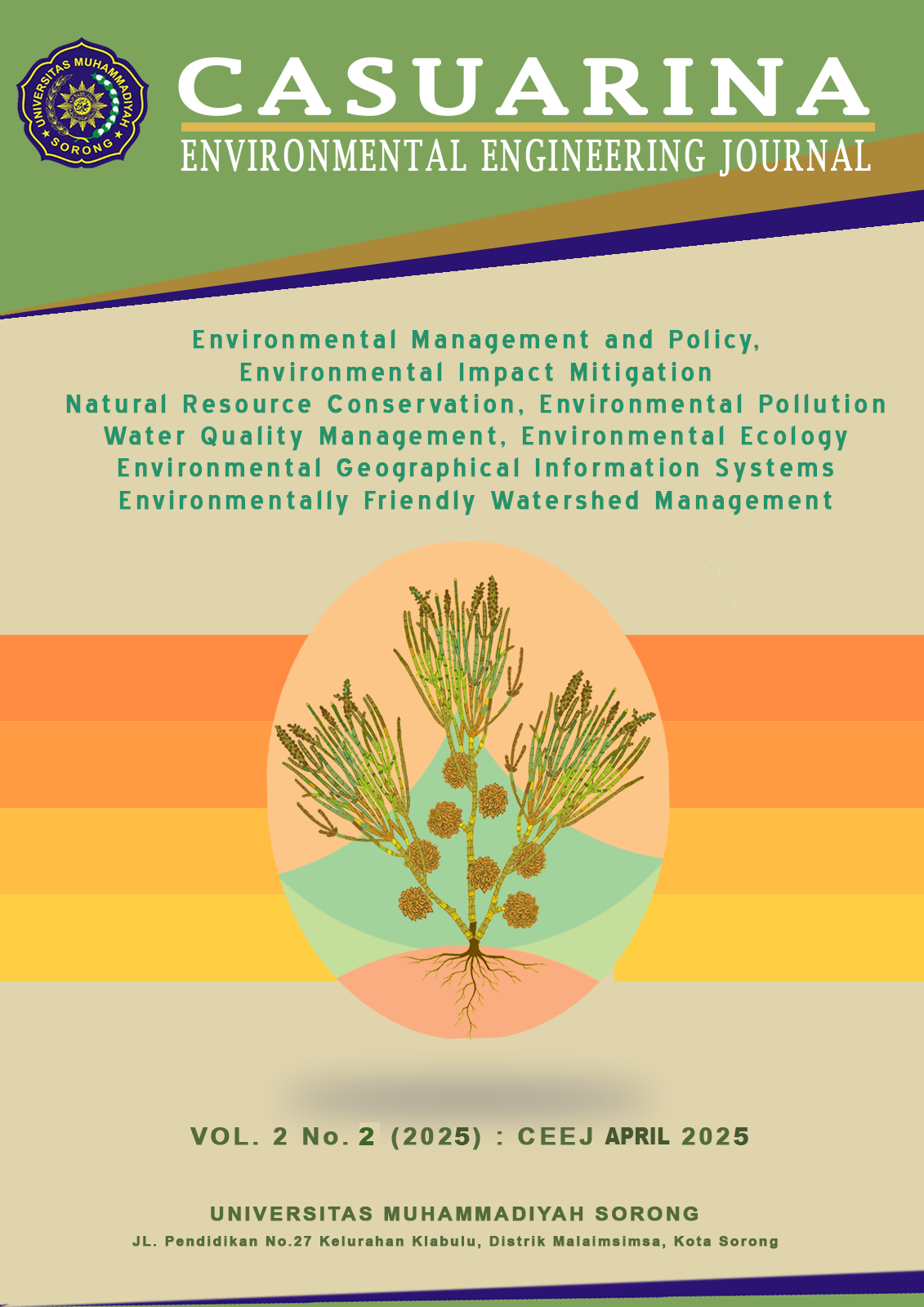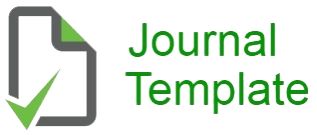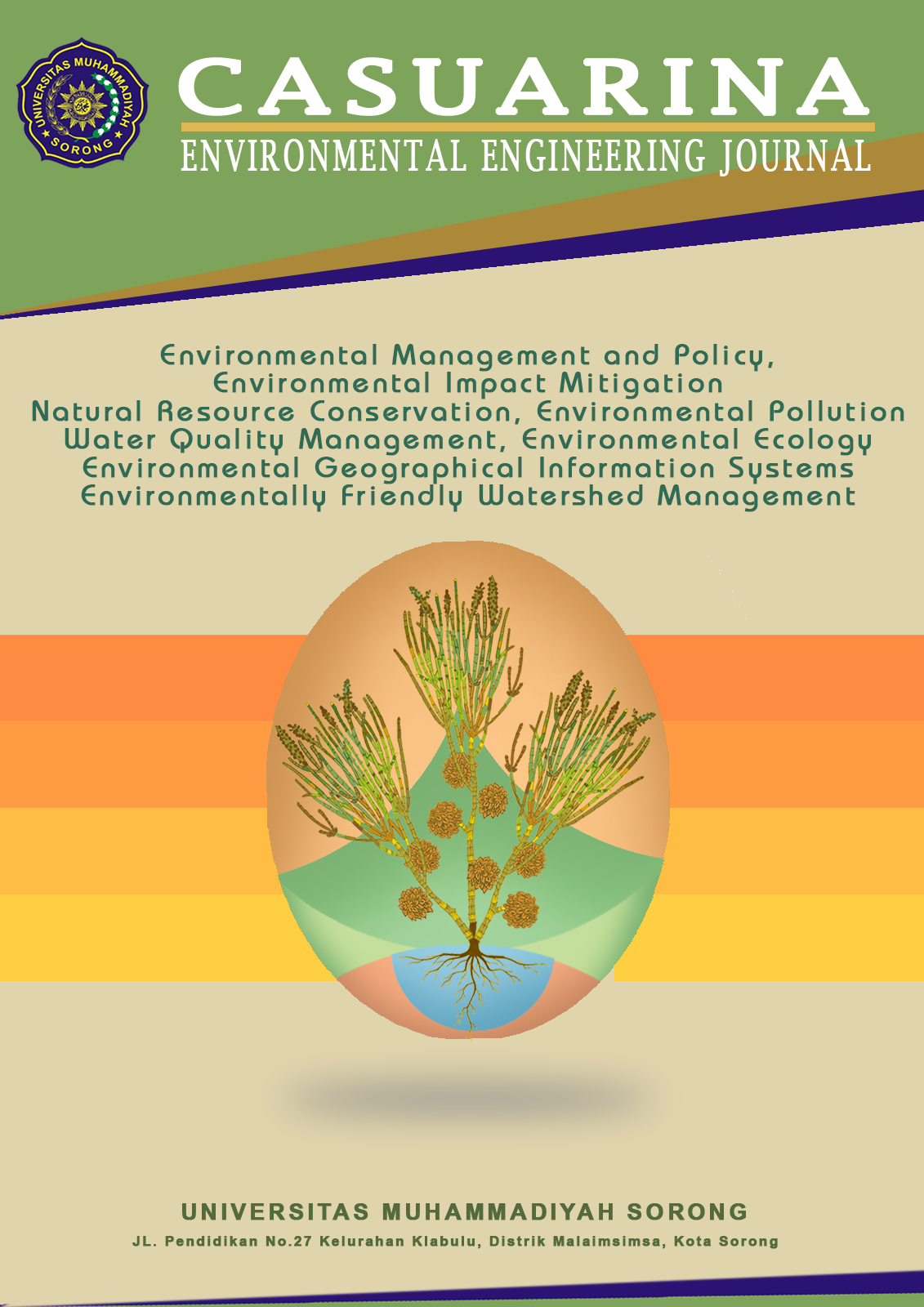EDUKASI PEMANFAATAN AIR HUJAN SEBAGAI SUMBER AIR BERSIH MENGGUNAKAN ALAT FILTRASI SEDERHANA
Bahasa Indonesia
Keywords:
Rainwater, Clean Water Source, Simple FiltrationAbstract
Rainwater is a source of clean water that can be used to meet human needs such as drinking, bathing, washing, and other basic needs. Rainwater is often ignored and disposed of as runoff. In fact, rainwater has great potential if used as a source of clean water. In some areas, the supply of groundwater and PDAM is not enough to meet the needs of each household. The research was conducted by making a rainwater cross-section tool by providing a water tower that will enter a simple water filtration tool. Decaffeination The research resulted in a simple rainwater collection and filtration system using materials such as silica sand, zeolite, activated carbon, and sponges. The rainwater collected in the tower is then flowed into the filtration tool. As a result, the water that was previously cloudy became clearer and odorless, indicating that the filtration process was going well. Utilization of rainwater as a source of clean water with a collection system, Water collection depends on the planning location. The greater the rainfall, the more water will be collected. The materials / tools used are gutters, collection towers. Good water quality standards are stated in the Republic of Indonesia Government Regulation Number 82 of 2001 concerning Water Quality Management and Water Pollution Control.
References
[1] RohanSiti, Solichin, and A. P. R, “Analisis Pemanfaatan Air Hujan Dengan Metode Penampungan Air Hujan Untuk Kebutuhan Pertamanan Dan Toilet Gedung IV Fakultas Teknik Universitas Sebelas Maret , Surakarta (Studi Kasus: Gedung IV Fakultas Teknik Universitas Sebelas Maret, Surakarta),” Skripsi, vol. bab 3, pp. 35–40, 2016.
[2] N. D. A. Sukiyah, M. F. Elok Venanda, E. Venanda, and J. Dwiridotjahjono, “Pengaruh Motivasi Kerja dan Displin Kerja terhadap Kinerja Karyawan di Perusahaan PTPN X Pabrik Gula Lestari Kertosono,” J. Manaj. dan Organ., vol. 12, no. 2, pp. 99–108, 2021, doi: 10.29244/jmo.v12i2.33868.
[3] I. Desti and A. Ula, “Analisis Sumber Daya Alam Air,” J. Sains Edukatika Indones., vol. 3, no. 2, pp. 17–24, 2021.
[4] T. D. Kusworo, H. Susanto, N. Aryanti, N. Rokhati, and I. N. Widiasa, “Edukasi Teknologi Membran Untuk Penyediaan Air Bersih Di Kecamatan Semarang Selatan -Jawa Tengah,” PASOPATI (Pengabdian Masy. dan Inov. Pengemb. Teknol., vol. 2, no. 3, pp. 125–130, 2020, [Online]. Available: http://ejournal2.undip.ac.id/index.php/pasopati
[5] A. A. Nainggolan, R. Arbaningrum, A. Nadesya, D. J. Harliyanti, and M. A. Syaddad, “Alat Pengolahan Air Baku Sederhana Dengan Sistem Filtrasi,” Widyakala J., vol. 6, no. June 2019, p. 12, 2019, doi: 10.36262/widyakala.v6i0.187.
Downloads
Published
How to Cite
Issue
Section
License
Copyright (c) 2025 Casuarina: Environmental Engineering Journal

This work is licensed under a Creative Commons Attribution-NonCommercial-ShareAlike 4.0 International License.
Please find the rights and licenses in Casuarina: Environmental Engineering Journal. By submitting the article/manuscript of the article, the author(s) agree with this policy. No specific document sign-off is required.
1. License
The non-commercial use of the article will be governed by the Creative Commons Attribution license as currently displayed on Creative Commons Attribution-NonCommercial-ShareAlike 4.0 International License.
2. Author(s)' Warranties
The author warrants that the article is original, written by the stated author(s), has not been published before, contains no unlawful statements, does not infringe the rights of others, is subject to copyright that is vested exclusively in the author, and free of any third party rights, and that any necessary written permissions to quote from other sources have been obtained by the author(s).
3. User/Public Rights
Casuarina: Environmental Engineering Journal's spirit is to disseminate articles published are as free as possible. Under the Creative Commons license, Casuarina: Environmental Engineering Journal permits users to copy, distribute, display, and perform the work for non-commercial purposes only. Users will also need to attribute authors and Casuarina: Environmental Engineering Journal on distributing works in the journal and other media of publications. Unless otherwise stated, the authors are public entities as soon as their articles got published.
4. Rights of Authors
Authors retain all their rights to the published works, such as (but not limited to) the following rights;
- Copyright and other proprietary rights relating to the article, such as patent rights,
- The right to use the substance of the article in own future works, including lectures and books,
- The right to reproduce the article for own purposes,
- The right to self-archive the article (please read our deposit policy),
- The right to enter into separate, additional contractual arrangements for the non-exclusive distribution of the article's published version (e.g., post it to an institutional repository or publish it in a book), with an acknowledgment of its initial publication in this journal (Casuarina: Environmental Engineering Journal).
5. Co-Authorship
If the article was jointly prepared by more than one author, any authors submitting the manuscript warrants that he/she has been authorized by all co-authors to be agreed on this copyright and license notice (agreement) on their behalf, and agrees to inform his/her co-authors of the terms of this policy. Sentralisasi will not be held liable for anything that may arise due to the author(s) internal dispute. Sentralisasi will only communicate with the corresponding author.
6. Royalties
Being an open accessed journal and disseminating articles for free under the Creative Commons license term mentioned, author(s) aware that Casuarina: Environmental Engineering Journal entitles the author(s) to no royalties or other fees.
7. Miscellaneous
Casuarina: Environmental Engineering Journal will publish the article (or have it published) in the journal if the article editorial process is successfully completed. Casuarina: Environmental Engineering Journal's editors may modify the article to a style of punctuation, spelling, capitalization, referencing, and usage that deems appropriate. The author acknowledges that the article may be published so that it will be publicly accessible and such access will be free of charge for the readers as mentioned in point 3.








